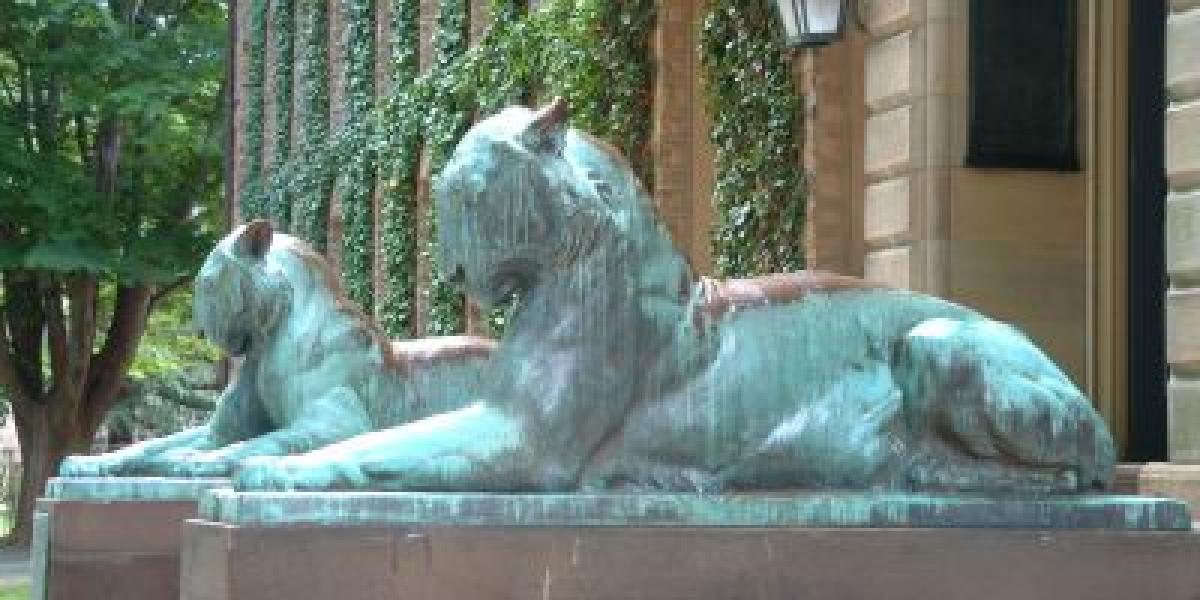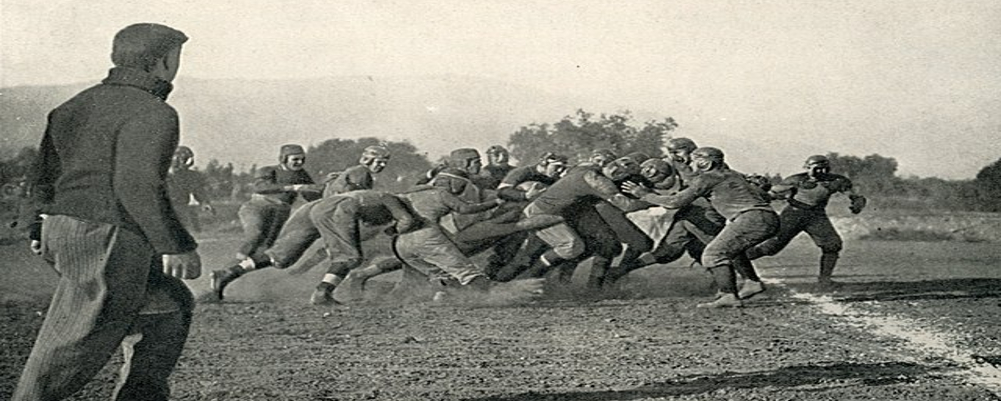Initially, Princeton students gravitated towards the lion, mirroring the emblem of the Dutch royal house of Orange-Nassau (a nod to the school's orange and black colors). However, the "Tiger Cheer," adopted from a Civil War regiment marching through town, sparked a different kind of roar. This cheer, later known as the "Locomotive – Princeton," resonated with a tigerish image of power and tenacity. This association, along with the growing popularity of orange and black stripes on athletic jerseys, solidified the tiger's presence.
An excerpt from a 1992 essay from the Princeton Office of Communications states, "October 12, 1868, the faculty of the College of New Jersey (later to be called Princeton University) passed a resolution permitting students “to adopt and wear as the college badge an orange colored Ribbon bearing upon it the word Princeton,” thus simultaneously keeping alive the college’s historical association with the Royal Dutch House of Orange while publicizing the unofficial college name, Princeton."
Further solidifying the tiger's claim was the student-run humor magazine, "The Princeton Tiger," founded in 1882. Soon, the tiger found its way into cheers and songs, further cementing its connection to school spirit. The Class of 1879, initially favoring lions, eventually acknowledged the tiger's dominance. In 1911, they even replaced their previously commissioned lion statues with a pair of majestic tigers flanking the entrance to Nassau Hall, a symbolic surrender to the popular mascot.
Princeton's flirtation with live tigers added another layer to the story. In the 1920s, a live tiger cub, donated by a student's father, became a temporary mascot. While logistical challenges led to its relocation to a zoo, the episode further solidified the tiger's image as a symbol of Princeton's athletic prowess.
So the colors came first, and thus, the association with the big cat of the same scheme, the Tiger, dominated over the early roar of a lion.
Today, the Princeton Tiger reigns supreme. From costumed characters cheering on the sidelines to its prominent place in school iconography, the tiger embodies the spirit of Princeton athletics. Its journey from a student cheer to a beloved mascot reflects the organic evolution of tradition and the enduring power of school spirit.




